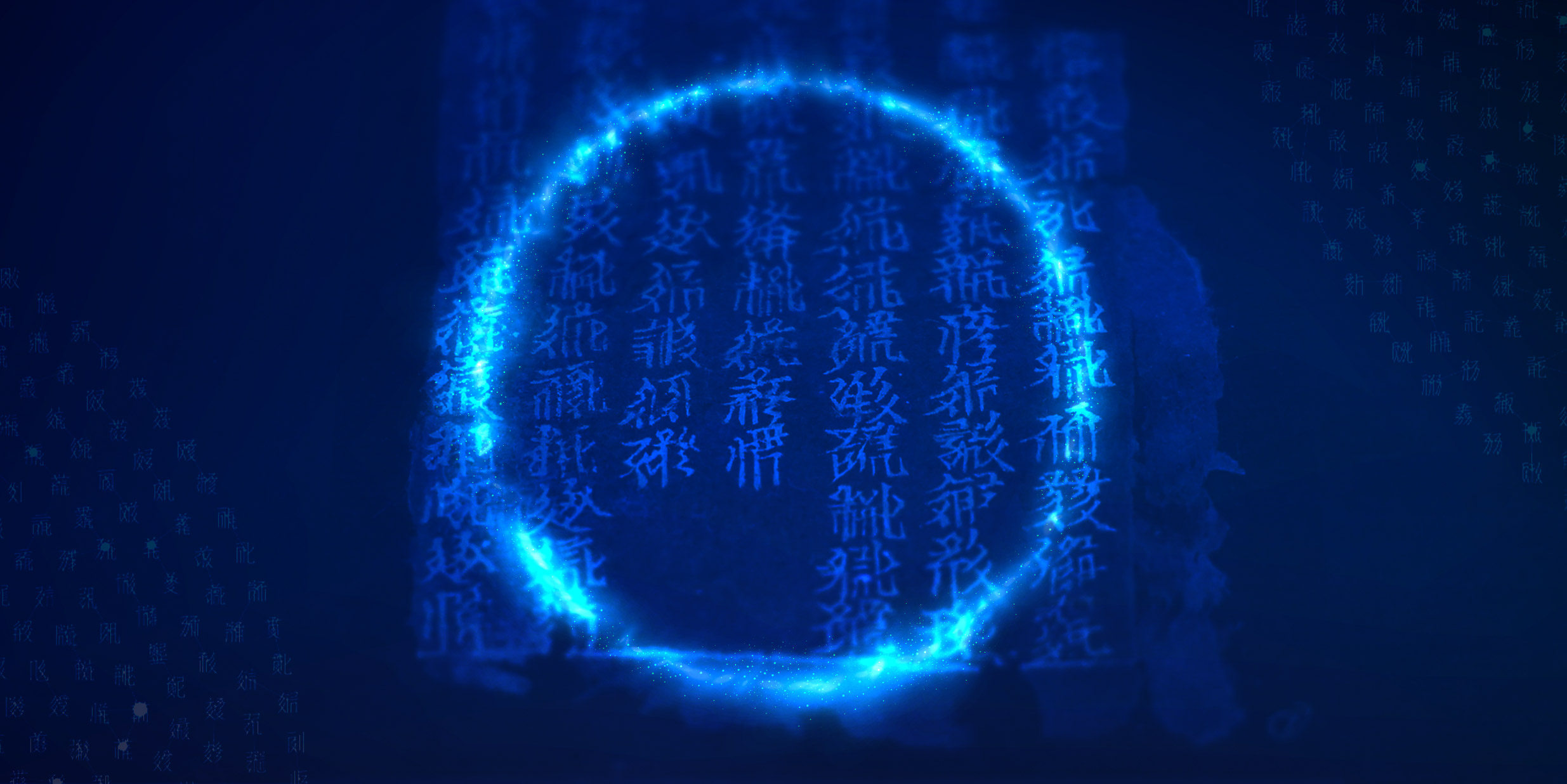
How AI Is Becoming the Perfect Partner for Historians
Having entered the field of history from a computer science background, my work at Shaanxi Normal University has long centered on bridging these two worlds. I’ve consistently sought to integrate technology into historical research and teaching, and recently, an experiment applying a new AI tool to my past research on the Tangut script — work that originally relied on network analysis — led to a surprising and insightful outcome.
Established by the Tangut people, the Western Xia dynasty (1038–1227) coexisted with the Song, Liao, and Jin dynasties. Its unique script, Tangut, preserves invaluable records of its history and culture. However, the writing system fell into disuse with the dynasty’s collapse and is now considered a “dead language.” This has left modern researchers facing numerous challenges due to the Tangut script’s intricate structure, large amount of documentation, and the complex relationships between its characters.
At present, AI has already demonstrated a high degree of accuracy in automatically recognizing Tangut characters, and can even reliably identify the direct Chinese equivalents for individual characters. These abilities, while impressive, led me to think of AI as more of a high-speed data processor than a partner for deep conceptual work. I saw its role as executing instructions, not generating genuine insight.
A recent experience, however, completely shattered that view. A friend sent me conversations generated by Google’s AI tool, NotebookLM, in both English and Chinese, based on a paper I published years ago on the Tangut dictionary, Wenhai. I had originally assumed the AI would simply summarize or extract key points, but I was mistaken. Both dialogues featured two virtual speakers who engaged in a lively discussion, precisely interpreting the core of my research with smooth, natural explanations and unique perspectives. Some of their insights were so profound they made me see my own work in a new, deeper light.
My paper’s central thesis was a method for identifying the core characters within Wenhai. The approach treats each character as a node in a network, with the definitions between characters forming the connecting edges. This transforms the dictionary into a complex network, and by analyzing its structure, I hoped to uncover the hidden organizational principles of Wenhai.
What I found most fascinating were the different creative leaps the AI took in each language. The Chinese dialogue, for instance, produced a brilliant analogy to explain my work: It likened identifying the core characters to making gluten from dough. Imagine the network of Tangut characters as a ball of dough; our algorithm then “washes” it, rinsing away peripheral characters until only the sticky, cohesive “gluten” — the core character set — remains. This metaphor was so apt it made me see AI not just as a tool, but as a potential “thought partner” — one capable of bridging linguistic divides for deep academic dialogue.
This experience left me wondering: Why does AI exhibit stronger critical thinking when generating in-depth conversations from long texts, as opposed to a standard question-and-answer model? I’ve identified three preliminary reasons.
First, generating a meaningful conversation from a scholarly paper forces the AI to conduct a more systematic and in-depth analysis. It requires the AI not only to understand the paper’s main arguments but also to simulate a dialogue with two distinct perspectives. This task is far more complex than responding to fragmented queries and compels the AI to utilize its deeper capabilities for textual understanding and knowledge re-articulation.
Second, conversation thrives on the interplay of different viewpoints. To simulate this, the AI must craft contrasting perspectives. As a result, the final output is more likely to present critically evaluated ideas that reveal a study’s strengths and weaknesses, rather than just regurgitating information.
Third, in preparing a conversation, the AI performs a deep analysis of the research. It must digest, absorb, and understand the material before reorganizing and expressing it in a new form. This process itself represents a reprocessing, and even a re-creation, of knowledge.
In the future, I believe academics presenting their work to an AI for conversational interpretation could become a valuable form of self-reflection. After all, no one is more familiar with the goals, process, and details of their work than the author, and powerful AI models can present like an expert who is knowledgeable and logical. Researchers can use AI to create conversations on their work anytime and anywhere while controlling both the depth and focus of the discussion. This process additionally benefits from almost no loss of information or misunderstandings due to differing knowledge backgrounds, and is also more likely to spark new thoughts and insights.
This form of human-AI interaction could profoundly reshape historical research. AI can accelerate the discovery and integration of knowledge, allowing researchers to quickly locate information, identify patterns, and create associations within vast amounts of documents. It can also help scholars break out of fixed ways of thinking, with the perspectives that are created when training on large-scale data sometimes revealing connections that have been overlooked or raising unexpected questions. A prime example of this was when the English dialogue spontaneously connected my network analysis to the Sapir-Whorf hypothesis — the theory that a language’s structure influences its speakers’ worldview. This was a sophisticated, interdisciplinary leap that I hadn’t made in my original paper, perfectly illustrating how AI can introduce novel frames of thought. Finally, it can foster interdisciplinary collaboration, serving as a bridge between experts.
Of course, it will take time before AI can truly become a “thought partner.” The process will require historians to engage closely with AI technology, driven by their strong professionalism, clear problem awareness, and openness to exploration.
Still, critical questions remain. How should we converse with AI? What prompts will best unleash its potential? And how can we best integrate its insights with human wisdom? Our attempts to answer these questions will continuously redefine the boundaries of AI’s capabilities and applications. Meanwhile, every leap forward by AI creates new possibilities for historians, prompting them to constantly adapt and reflect.
The establishment of this new paradigm might well be the most exciting prospect of academic research in the age of AI. In the future, one can envisage historians and AI working in tandem, handling once-unimaginable amounts of historical data and applying profound human wisdom in order to jointly explore new frontiers in historical research.
Translator: David Ball; editor: Wu Haiyun; portrait artist: Wang Zhenhao.
(Header image: Visuals from VCG and Zhang Guangwei, reedited by Sixth Tone)










